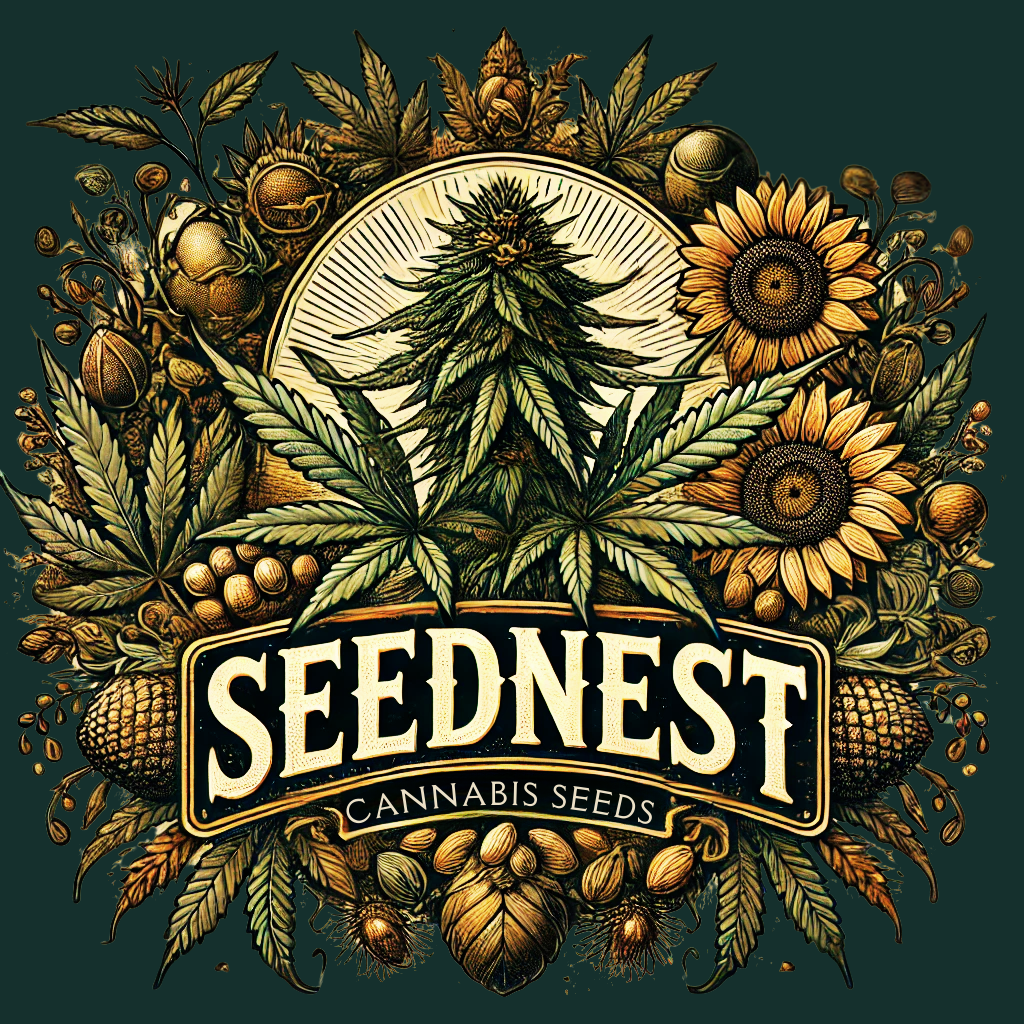Educational Content
Autoflowers vs. Photoperiods
Autoflower vs. Photoperiods: What’s the Difference and Which is Right for You?
When starting your cannabis grow, one of the biggest decisions you’ll make is choosing between autoflower and photoperiod seeds. Each has its advantages, and the right choice depends on your growing style, environment, and goals.
Understanding the key differences will help you set yourself up for success. Let’s break it down.
What is a Photoperiod Cannabis Plant?
Photoperiod cannabis plants rely on light cycles to transition from the vegetative stage to the flowering stage. In nature, they begin flowering as the days get shorter in late summer. Indoors, growers manipulate the light schedule to trigger flowering.
How Photoperiod Cannabis Grows
- Seedling Stage: The plant develops its first leaves and establishes roots.
- Vegetative Stage: Growth continues under 18+ hours of light per day. The longer this phase lasts, the bigger the plant can get.
- Flowering Stage: When the light schedule shifts to 12 hours of light and 12 hours of darkness, the plant begins producing buds.
Benefits of Photoperiod Cannabis
- Higher Yields – Since the grower controls when flowering starts, plants can be kept in the vegetative stage longer to maximize size and bud production.
- Ability to Clone – Photoperiod plants can be cloned, allowing growers to replicate their favorite strains without starting from seed.
- More Control Over Growth – By adjusting the light cycle, growers can manage plant size, flowering time, and overall structure.
Challenges of Growing Photoperiods
- Takes More Time – Because photoperiod plants don’t flower until the light cycle changes, the overall grow cycle is longer.
- Requires Light Control – Any interruptions to the dark period can disrupt flowering and slow down bud development.
- Needs to Be Timed with the Sun for Outdoor Grows – If growing outdoors, photoperiod plants must be planted at the right time of year so they have enough time to vegetate before natural daylight hours decrease and trigger flowering.
How to Succeed with Photoperiods
- Plan your grow timing outdoors – Start seeds in the spring so they have a full vegetative season before days shorten in late summer.
- Keep light cycles consistent indoors – Use a timer to maintain the correct lighting schedule.
- Allow enough space – Photoperiod strains can grow large, especially if left in the vegetative stage for an extended period.
What is an Autoflower Cannabis Plant?
Autoflowers do not rely on light cycles to flower. Instead, they begin flowering based on age, usually around 3–5 weeks after sprouting. This trait comes from their Cannabis ruderalis genetics, which evolved in regions with short growing seasons.
How Autoflowers Grow
- Seedling Stage: The plant starts growing leaves and roots, just like a photoperiod plant.
- Vegetative & Flowering Stage: Unlike photoperiods, autoflowers start flowering automatically, regardless of light schedule.
- Harvest Time: Most autoflowers are ready to harvest within 85 – 100 days from sprout.
Benefits of Autoflower Cannabis
- Faster Grow Cycle – Autoflowers go from seed to harvest in just a few months, making them ideal for quick turnaround grows.
- No Need for Light Schedule Changes – Since they flower based on age, growers can keep them under 18–24 hours of light per day without needing a separate flowering space.
- More Compact Size – Many autoflowers stay smaller, making them great for stealth grows or limited spaces.
- Resilient Genetics – Ruderalis traits make autoflowers more resistant to cold, pests, and environmental stress.
Challenges of Growing Autoflowers
- No Control Over Flowering – Since they flower automatically, there’s no way to extend the vegetative stage to make plants larger.
- Lower Yields Compared to Photoperiods – Because autoflowers have a short lifecycle, they don’t grow as large or produce as much as a well-grown photoperiod plant.
- Less Room for Error – Since they start flowering early, mistakes in the seedling stage can impact the final yield. There’s less time to recover from stress.
How to Succeed with Autoflowers
- Start in the final container – Autoflowers don’t like being transplanted. It’s best to plant the seed directly into its final pot to avoid stress.
- Use light, well-aerated soil – Autoflowers prefer a lighter soil mix that allows for quick root growth. Too many nutrients early on can cause issues.
- Avoid high-stress training (HST) – Topping and aggressive pruning can slow growth. Stick to gentle low-stress training (LST) to maximize light exposure.
- Keep light hours consistent – Most growers keep autoflowers under 18–24 hours of light throughout their lifecycle for maximum growth.
Which Should You Choose?
Go with Photoperiod Seeds If:
- You want larger plants and higher yields
- You want full control over the growing process
- You plan to take clones for future grows
- You are growing outdoors and can time your plants with the seasons
Go with Autoflower Seeds If:
- You want a fast grow with less maintenance
- You don’t want to worry about adjusting light cycles
- You have a small or limited grow space
- You want a resilient plant that can handle outdoor elements
Both types of cannabis have their place, and the best choice depends on your goals and experience level. Many growers enjoy running both photoperiod and autoflower plants at the same time to keep a steady harvest cycle going.
If you are new to growing, autoflowers can be a great starting point due to their simplicity. If you want more control and are willing to put in the time, photoperiods will reward you with larger harvests and the ability to shape your plants exactly how you want.
Whichever you choose, starting with high-quality genetics is the key to success. At Seednest, we source feminized photoperiod and autoflower seeds from trusted breeders to ensure strong, resilient plants.
Happy growing! 🌱


